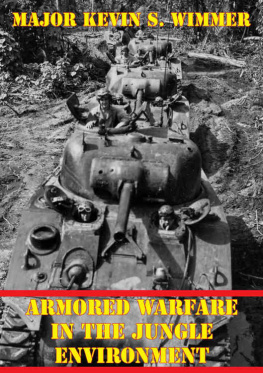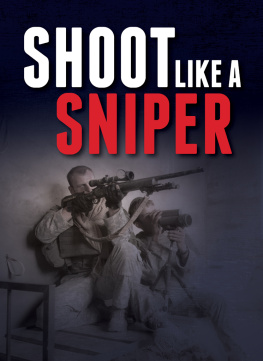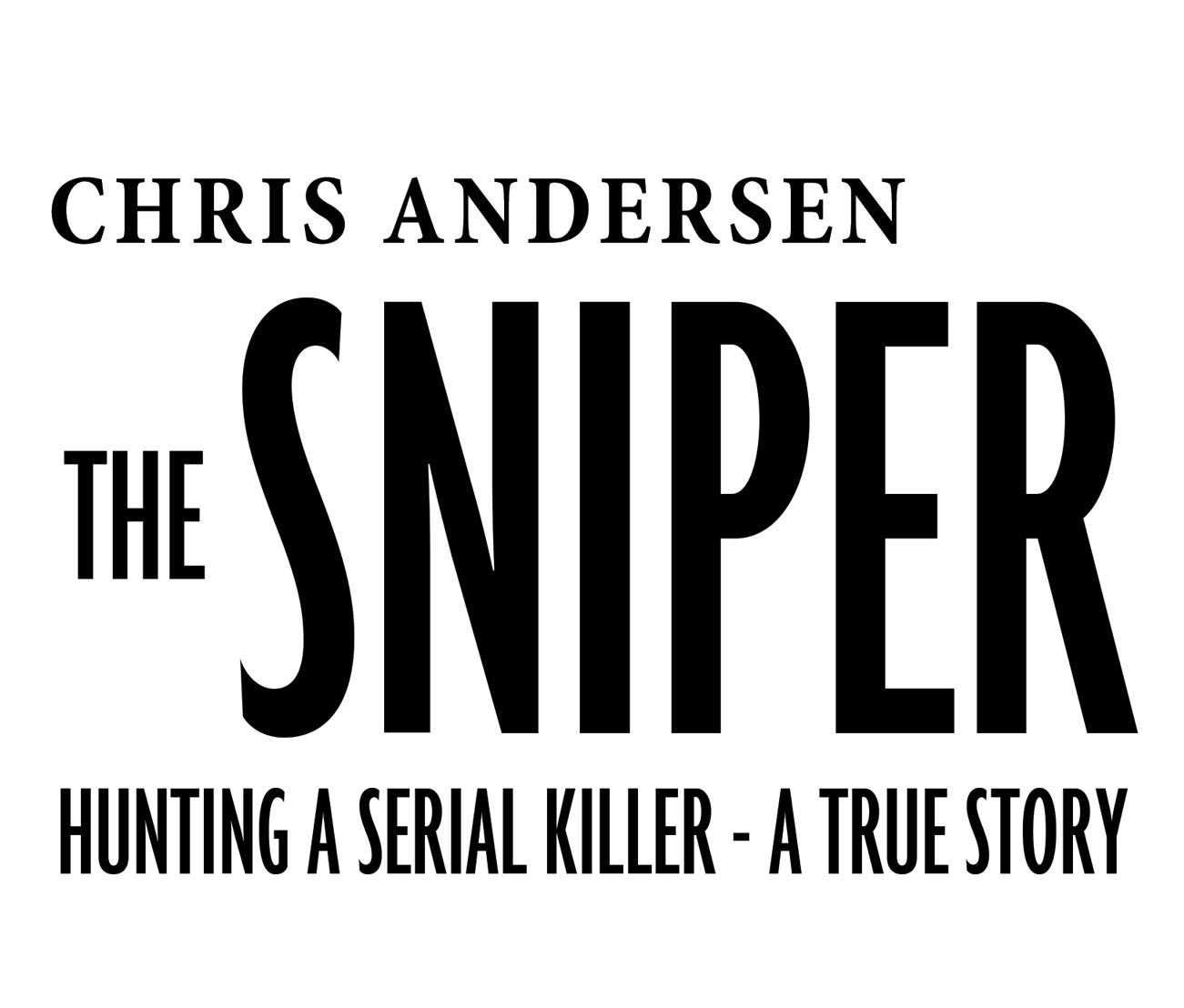Chris Andersen - The Sniper: Hunting A Serial Killer
Here you can read online Chris Andersen - The Sniper: Hunting A Serial Killer full text of the book (entire story) in english for free. Download pdf and epub, get meaning, cover and reviews about this ebook. year: 2020, publisher: BookBaby, genre: Detective and thriller. Description of the work, (preface) as well as reviews are available. Best literature library LitArk.com created for fans of good reading and offers a wide selection of genres:
Romance novel
Science fiction
Adventure
Detective
Science
History
Home and family
Prose
Art
Politics
Computer
Non-fiction
Religion
Business
Children
Humor
Choose a favorite category and find really read worthwhile books. Enjoy immersion in the world of imagination, feel the emotions of the characters or learn something new for yourself, make an fascinating discovery.
- Book:The Sniper: Hunting A Serial Killer
- Author:
- Publisher:BookBaby
- Genre:
- Year:2020
- Rating:4 / 5
- Favourites:Add to favourites
- Your mark:
The Sniper: Hunting A Serial Killer: summary, description and annotation
We offer to read an annotation, description, summary or preface (depends on what the author of the book "The Sniper: Hunting A Serial Killer" wrote himself). If you haven't found the necessary information about the book — write in the comments, we will try to find it.
The gripping true story of a crew of serial killers whose specialty was robbing armored trucks and how they were ultimately undone. Unique to this particular robbery crew was its paramilitary-type operational sophistication and their use of a sniper hidden within a specially modified vehicle. After months of preparation, the sniper would shoot the targeted armored truck guard/courier from a distance once they had left the safety of their bulletproof armored vehicle to make a money delivery. Once the courier was killed, then other members of the crew would move in to empty the armored truck of its contents or grab the couriers money bags.
In an around-the-clock, high-risk surveillance operationwhich lasted over three months, with many twists and turns, utilizing covertly mounted vehicle tracking devices, hidden cameras, cell phone analysis, shadowy informants, and a wiretapa small, elite undercover police tactical unit along with its attached federal agents and prosecutors all worked together to stage a decoy operation that stopped these criminals moments before they were planning to kill yet another courier with their sniper.
This is also the story of the same undercover police tactical unit assigned to develop a new methodology to dismantle violent commercial business robbery crews (High Risk Surveillance). Intermixed with all of its surveillance operations, police shootouts, and resulting political intrigue, this same mysterious sniper-initiated robbery crew with ties to the black supremacy movement had been working in the shadows for close to four years.
Starting in 2014, the proliferation of these crews was responsible in making Houston the robbery capital of the United States. These armed suspects were almost exclusively black males with street gang affiliation, who were also sometimes responsible for the murders of innocent citizensmany of them blackduring the course of these same robberies.
At the time this new anti-robbery initiative was being implemented, the United States was experiencing a wave of civil discontent regarding the unwarranted shootings (either true or perceived) of black men by law enforcement (the Black Lives Matter era). The robbery initiative, by using advanced technical surveillance techniques, was an unqualified success. By the end of 2016, the commercial business robbery rate crashed by 80% while the murder rate fell by 58% on the north side of Houston, where this tactical unit was assigned. It was unquantified how many innocent citizens were also saved as a result of their operations!
But, because of the surveillance tactics being used, this same small police tactical unit often came into direct confrontations with these violent street gangs while in the actual commission of takedown robberies. As a result, more than a few of these armed suspects were shot and killed. The killing of black men (even armed violent criminals) was something the upper police administrators (the politicians) wanted to avoid at all costs, to not agitate black activists. To accomplish this, the police upper administration then tried to coerce the leadership of this undercover surveillance unit to incorporate tactics that would lessen the possibility of having to shoot robbery suspects, while significantly increasing the chances of an innocent person being killed or seriously injured. This unrecognized form of police corruption had the sole purpose to pander to black political activists and their followers.
Chris Andersen: author's other books
Who wrote The Sniper: Hunting A Serial Killer? Find out the surname, the name of the author of the book and a list of all author's works by series.

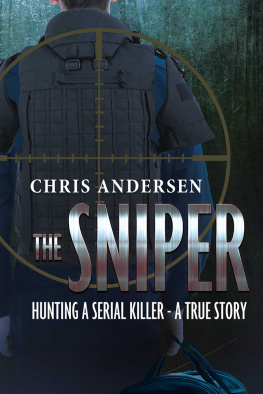
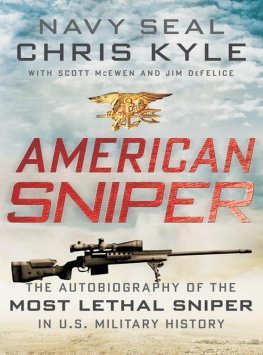
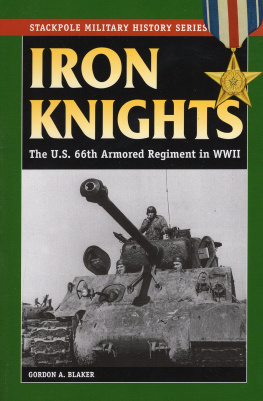
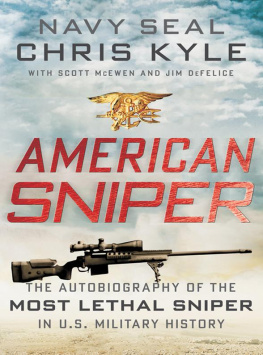
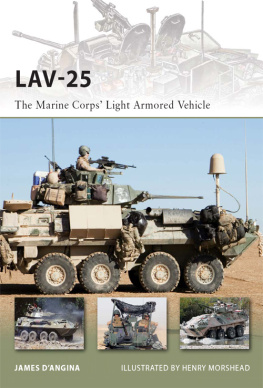

![Bull Peter - Staghound armored car, 1942-62 [electronic resource]](/uploads/posts/book/169241/thumbs/bull-peter-staghound-armored-car-1942-62.jpg)

